Why are certain lenses called ‘portrait’ lenses? Because its all about the perspective!
Classic portraits portray the best version of the person and part of that is not exaggerating features. We have a view of people that we normally see. Features looks normal at this distance and generally the person looks like the ‘normal self’. When you change your distance to the subject, your perspective changes. Features, such as a nose or lips, become more exaggerated. It’s not the focal length itself that changes your perspective, but the fact that you have to move closer or further back to keep the same composition with a different focal length.
To demonstrate this, here’s a series of pictures (the first half of which use the lovely Nikkor 70-200mm f/2.8 VR II on loan from our program) to demonstrate the fact. This is on a crop sensor camera, so the classic portrait range starts around 50mm but can be pushed to 35mm. These start from 200mm and end down to 18mm. See how the nose gets more exaggerated slowly and by the end is enormous! Each shot is framed approximately the same. I zoomed out and took a step in to keep the framing the same.
At this point, you can see the nose is clearly more prominent than at 200mm. Is it a problem though? Not at all.
Up until this point, the features look pretty standard, nothing major happening.
The features on the front of the face are clearly larger here! We’ve moved outside the ‘portrait range’ and it’s evident why the range exists!
So the change in perspective becomes pretty obvious by the end and you can see why the 50mm is the standard ‘start’ of the portrait lens length on crop sensor bodies. The features start to distort shortly after it. You could use 35mm on a crop sensor body in a pinch though.
Filed under Guides, Tips, and Howtos Portraits
Tagged: Portraits, portraiture


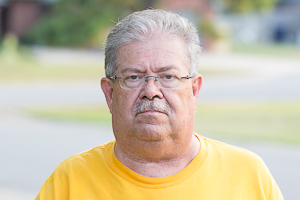
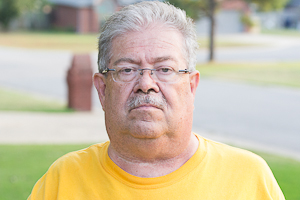
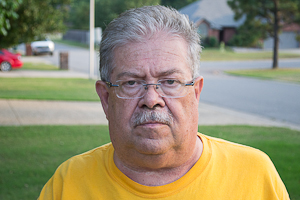
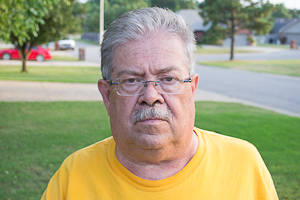
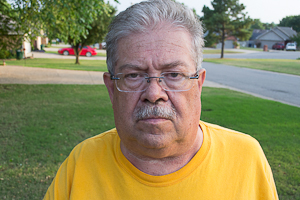

Interesting article. What effect does Lens Correction in raw processing/PP have on this?
Were these pictures taken with the same Aperture?
good stuff…I stumbled across this while googling to try and find out what focal length my 50mm is equivalent to on my D80. Still haven’t found that info… but I liked this article. I learned something I didn’t know. Thanks. 🙂
Hi, Chris! D80 is a DX camera, with a 24x16mm sensor, smaller than the standard (FX) 36x24mm, and therefore with a multiplication factor for focal length of 1.5. A 50mm lens will become 50×1.5=75mm. Just multiply any lens with 1.5.
Well I love wide angles and of these, I would pick the 18mm. Places the subject in a real place, and the distortion makes his face pop out at you. For me the longer focal lengths beyond 50mm lose a sense of reality. With 18mm, he’s clearly a typical guy in a neighbourhood, an average and relatable person. At 200mm, he’s a wax figure.
I like wide angles, too, but I’ve never seen a typical guy in the neighborhood whose head was twice the size it should be for the size of his body. Unless you live in Gibsontown, FL, maybe: http://www.weirdus.com/states/florida/fabled_people_and_places/gibsonton/
First of all I appreciate the effort.
The difference in the light as well as model position and also you’ve taken some photos from the eye level, some from below EL and some from above. All these affect the photos and to be frank I don’t see the distinctive difference apart from maybe 18-35mm. But this can be due to all the factors I mentioned.